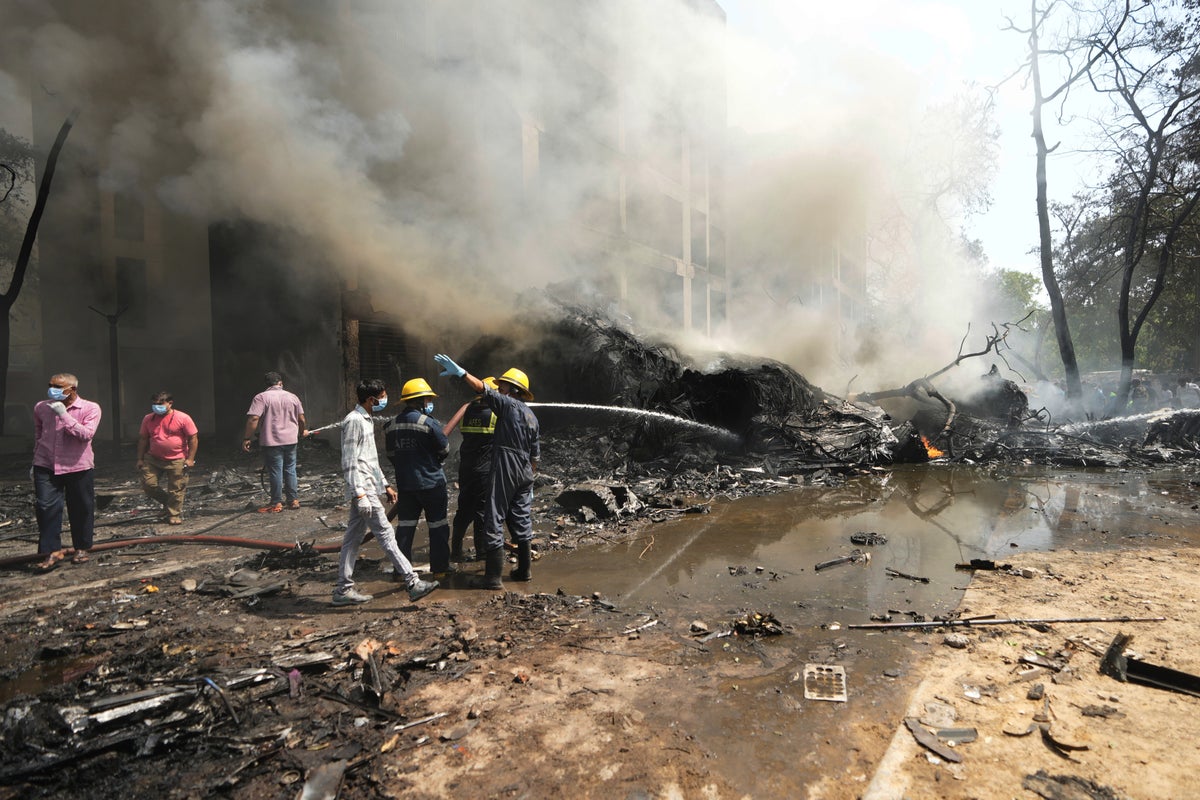ARTICLE AD BOX
If you were to ask most people what causes cancer, the answer would probably be smoking, alcohol, the sun, hair dye or some other avoidable element. But the most important risk factor for cancer is something else: ageing. That’s right, the factor most associated with cancer is unavoidable — and a condition that we will all experience.
Why is this important? Older adults are the fastest-growing population in Canada and globally. By 2068, approximately 29 per cent of Canadians will be over age 65. With cancer being one of the most common diseases in older adults and one of the most common diseases in Canada, it means we need to think about how to provide the best cancer care for older adults.
Demographic shift
So, how are we doing so far? The answer is: not great. This may be surprising, but we also have a great opportunity to innovate and prepare for this demographic shift in cancer care.
International guidelines — including those from the American Society of Clinical Oncology — say that all older adults should have a geriatric assessment prior to making a decision about their cancer treatment. The most widely used models of geriatric assessment involve a geriatrician.
Consultation with a geriatrician for an older adult allows the oncologist and the older adult to engage in a conversation about cancer treatment, armed with information. Things like how treatment might affect their cognition, their function, their existing illnesses (which most older adults have when they are diagnosed with cancer), and the years of remaining life.
Importantly, geriatricians centre their assessment on what matters most to patients. This approach anchors any decision about cancer around the wishes of older adults and their support systems. When diagnosed with cancer, older adults undergo many tests and measures of function, but the evidence supports that these are not as accurate as geriatric assessment for identifying problems that may be below the surface.
Care in Canada
In Canada, there are currently only a handful of specialised geriatric oncology clinics. The oldest clinic is in Montréal at the Jewish General Hospital, followed closely by the Older Adult with Cancer Clinic at Princess Margaret Cancer Centre in Toronto, led by Shabbir Alibhai, one of the authors of this story. As researchers, we are in touch with clinics in Ontario and Alberta that have told us they have geriatric oncology services under development, so we hope to see new programs soon.
These clinics aren’t just good for patients. In fact, a study led by Shabbir Alibhai demonstrated a cost savings of approximately $7,000 per older adult seen in these clinics. If we map this onto the number of older adults diagnosed with cancer in Canada every year, this represents a huge cost savings for our public health system. Despite this overwhelming evidence, this is still not routine care.

In British Columbia, there are currently no specialised services for older adults with cancer. Over the last five years, Kristen Haase — also an author of this story — has been working with colleagues to understand whether these services are needed and how they could help older adults with cancer in B.C.
This work involved conversations with more than 100 members of the cancer community. The research team spoke with older adults undergoing cancer treatment, who sometimes had to relocate for cancer treatment. Other participants included caregivers who cared for elderly family members during their cancer treatment and described numerous challenges they faced, and volunteers who ran a free transportation service — a service also mostly staffed by older adult volunteers.
The research team also heard from health-care professionals: oncologists, nurses, physiotherapists and social workers. The latter group coalesced around the need for additional supports within the cancer care system so they could do their job well, and best support older adults.
The results indicate that both those working in the system and those using the system want and need better support.
Barriers to care
So, where are we now and why don’t we have these services across Canada?
Cost is obviously a barrier to any healthcare service. But with evidence that any costs will be offset by demonstrated cost savings, this is a non-starter.
Health human resources are one huge restriction. Geriatricians are in high demand and there is a low supply. However, nurse-led models have also been shown to be successful. With the expanding role of nurse practitioners across Canada, this option has huge potential to innovate care, and at a lower cost.
Another reason is good old inertia. Our clinical care model in oncology has remained mostly intact for over three decades. It is primarily a single physician-driven model. Although modern therapies for cancer have emerged at a breathtaking pace and have been introduced into clinical practice, it is much harder to change the model of care, particularly for strategies such as geriatric assessment that are harder to implement than a new drug or surgical/radiation technique.
The last, and perhaps the most difficult to pin down of all potential reasons for the absence of specialised cancer services for older adults, is agism. Ageism is discrimination based on age. It is one of the most common forms of discrimination and it is deeply embedded in many of our systems. Imagine a scenario where children diagnosed with cancer couldn’t access a paediatrician. We would collectively be outraged. Yet somehow, we accept this for older adults.
Due to the overwhelming number of older adults who are and will be diagnosed with cancer in the coming years, it will never be possible for all of them to receive specialised geriatric services. But there is an opportunity to innovate models of care that are targeted to those who need services the most: those who are most frail, are most likely to benefit from tailored care, and will reap the most benefit in terms of quality of life.
Stratifying these programs around those who need them the most will also have the greatest financial impact. And if personal stories of improving quality of life for older adults with cancer or international guidelines don’t move decision-makers, hopefully, cost savings will.
Kristen Haase is an Associate Professor in Nursing at the University of British Columbia. Shabbir Alibhai is a Professor in the Department of Medicine at the University of Toronto.
This article is republished from The Conversation under a Creative Commons license. Read the original article.









 English (US) ·
English (US) ·